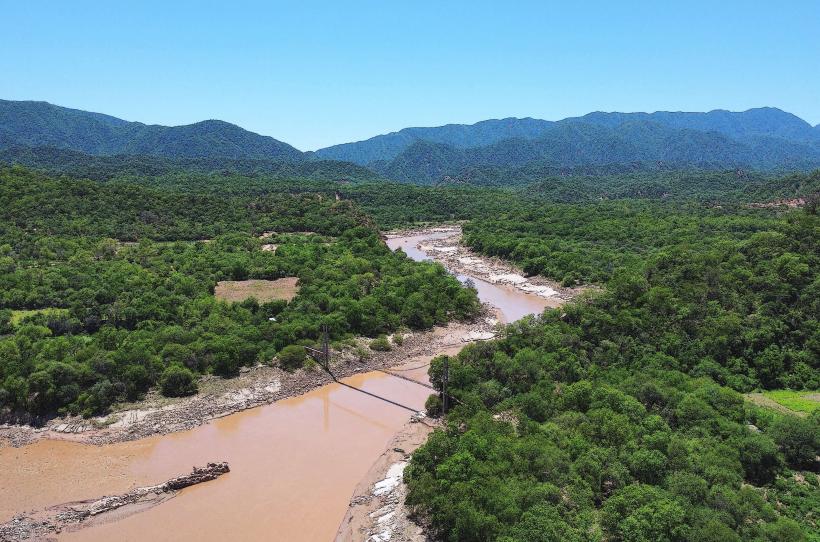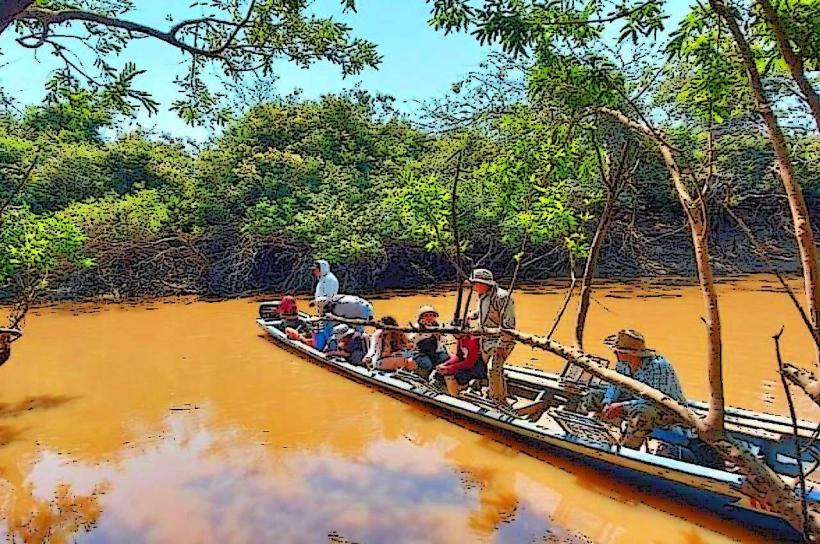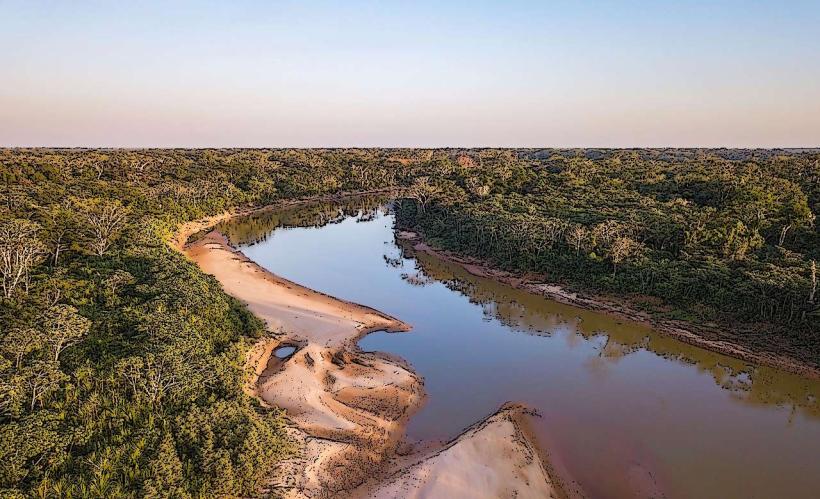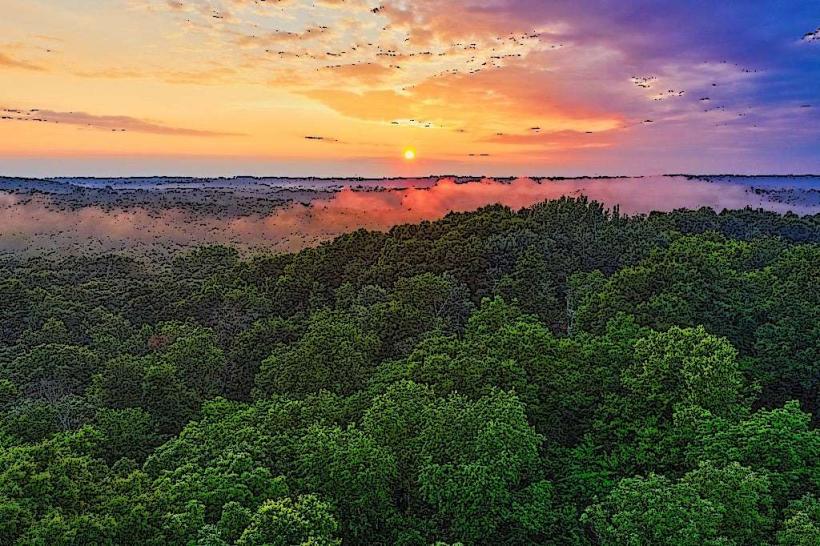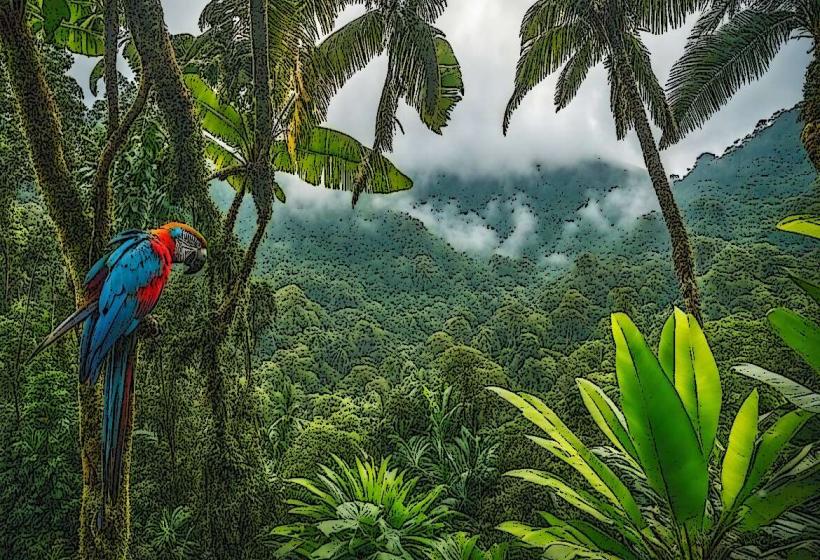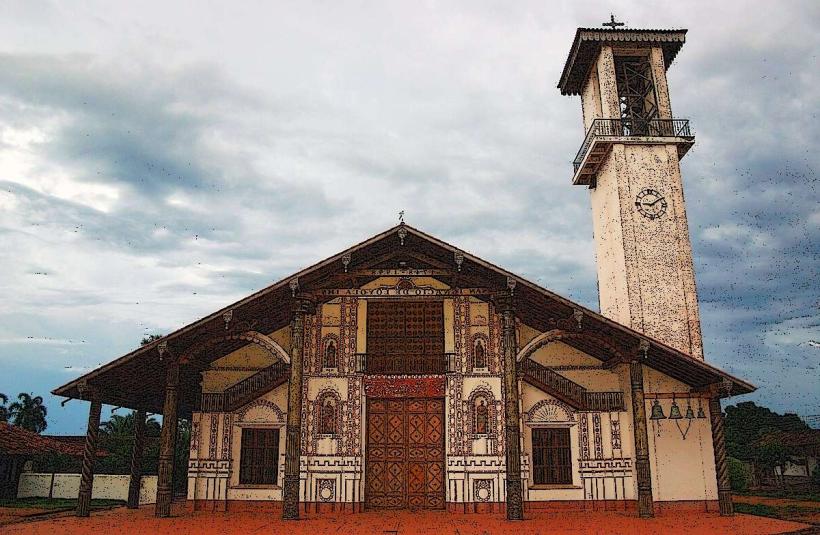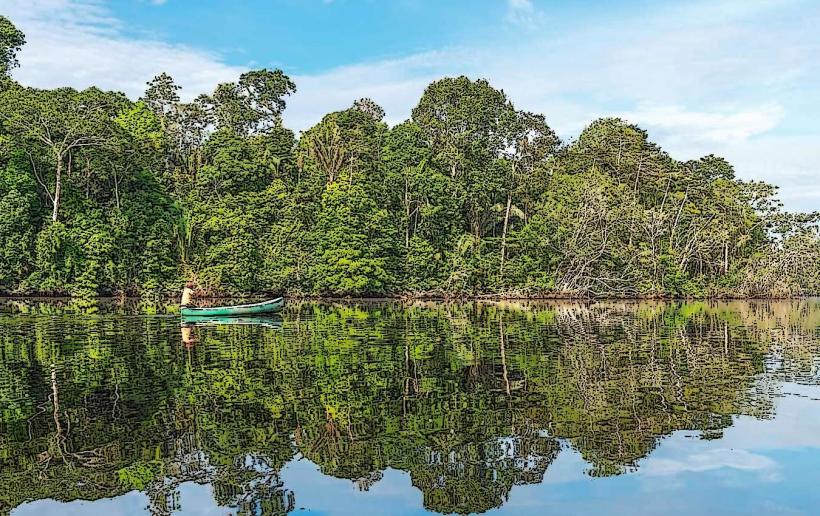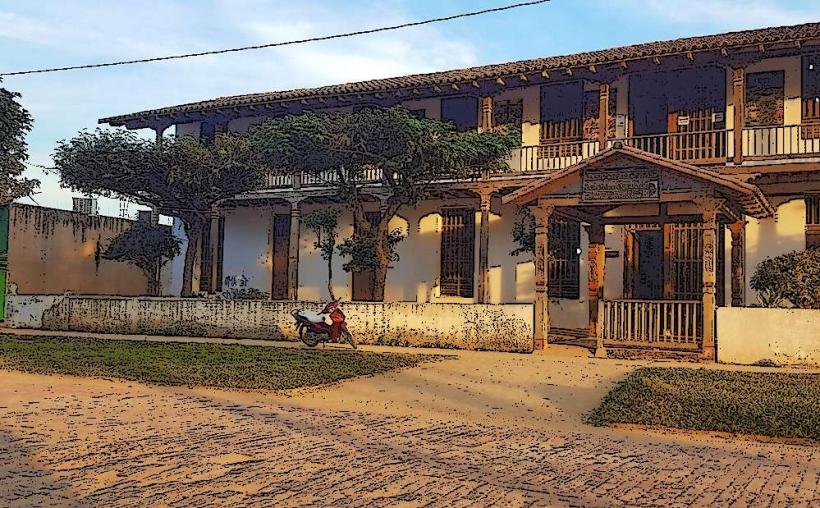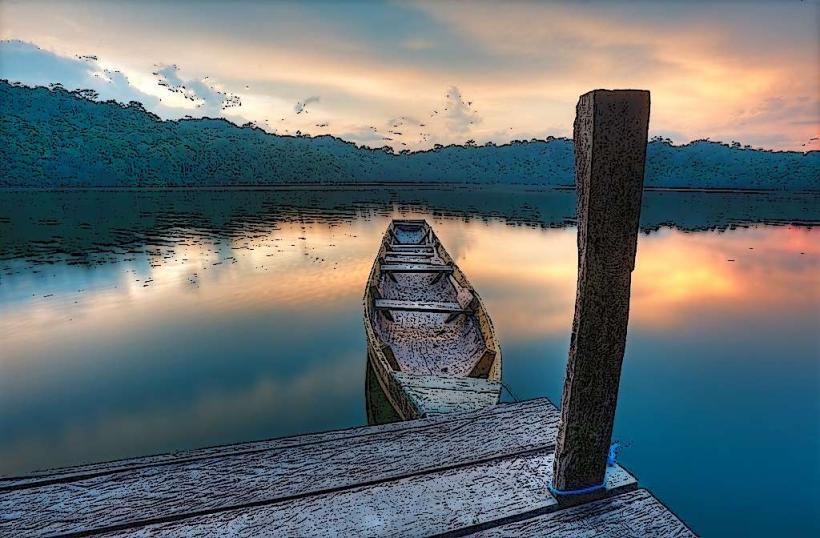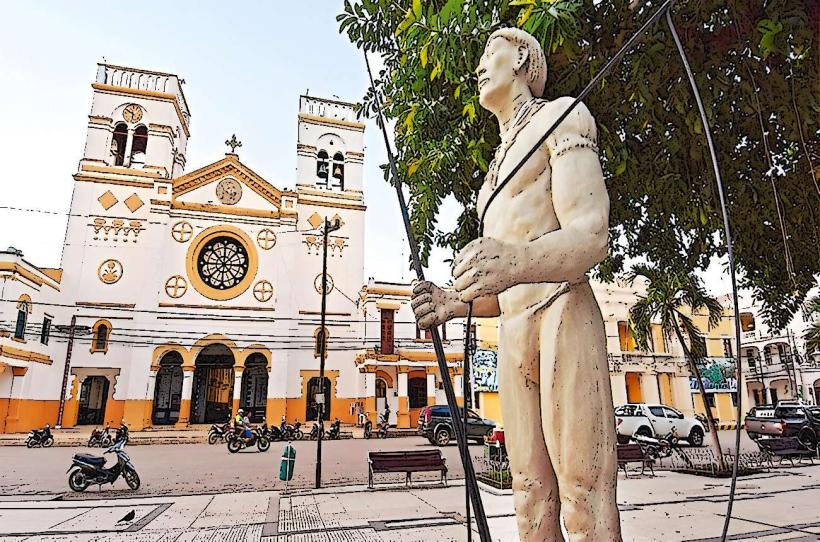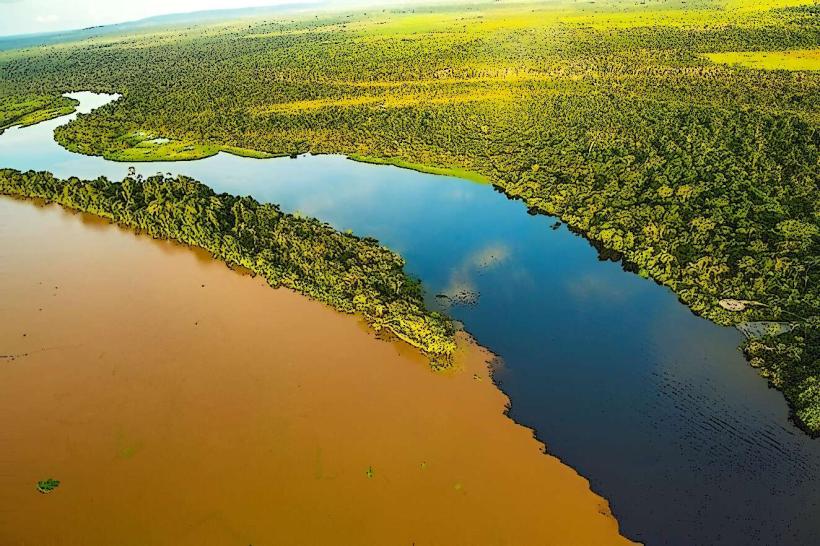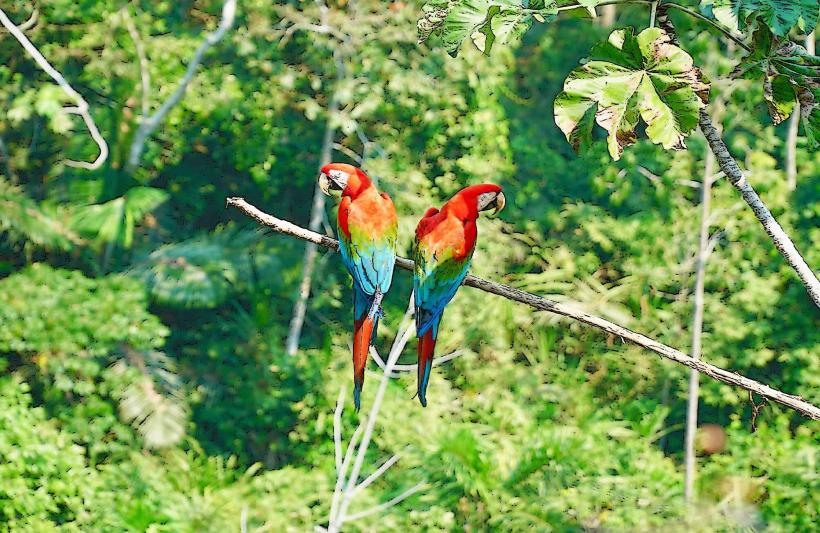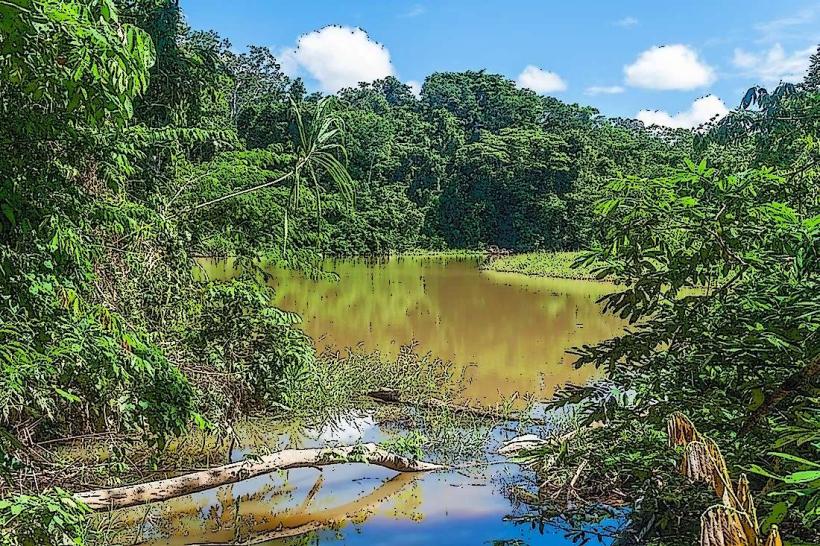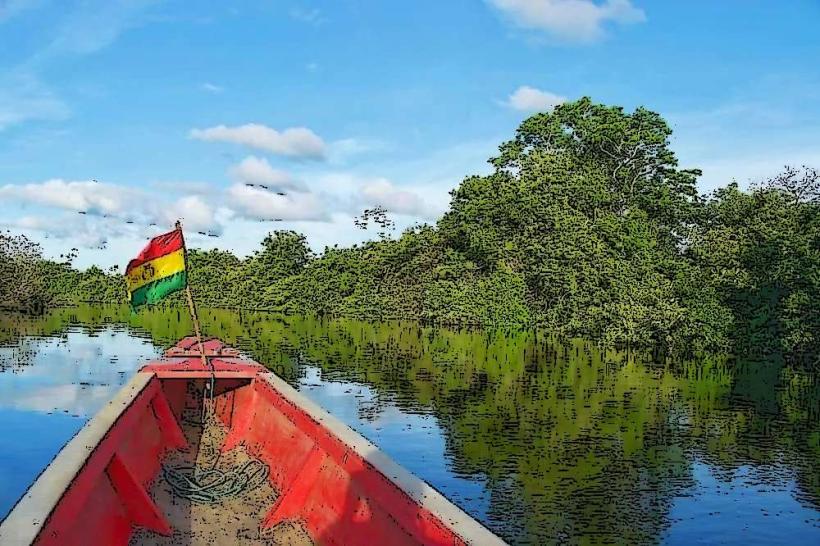Information
Landmark: Museo Ecológico de TrinidadCity: Beni
Country: Bolivia
Continent: South America
Museo Ecológico de Trinidad, Beni, Bolivia, South America
Overview
In Trinidad, the bustling capital of Bolivia’s Beni Department, the Museo Ecológico de Trinidad-its Ecological Museum-stands as a cornerstone for culture and learning, its cool, shaded halls filled with artifacts and stories of the region, equally important the museum celebrates the region’s lush forests, diverse wildlife, and deep-rooted cultural traditions.Visitors get the chance to explore the Amazon Basin’s rare ecosystems and the nearby Beni region, where scarlet macaws flash through the trees and countless other plants and animals thrive, subsequently at the Museo Ecológico de Trinidad, the spotlight’s on the region’s ecology, with exhibits that reveal the rich biodiversity of the Amazon’s lush canopy and the wide, grassy Pampas.The exhibits showcase plants, animals, and insects native to the Beni region, from sleek river dolphins and stealthy jaguars to radiant-feathered macaws, watchful caimans, and flocks of chattering aquatic birds, also the museum showcases why conservation matters and how the Beni region shapes global biodiversity, from its dense rainforests to the calls of rare birds at dawn.Natural Exhibits: Visitors can wander through displays of native plants and wildlife, from luminous wildflowers to the quick flash of a lizard darting across a rock, along with these exhibits often feature preserved animals, lifelike taxidermy, and detailed models, giving visitors a clear sense of the region’s diverse and intricate ecosystems-like the layered roots and tangled vines of a rainforest floor.The museum highlights Amazonian flora, from vivid orchids to rare medicinal herbs, and offers engaging displays that explain how these plants shape the everyday lives of local communities, at the same time the museum often features hands-on displays and lively educational programs that shine a light on environmental challenges like deforestation, climate change, and using natural resources wisely-a touchscreen map of shrinking forests might greet you at the door.It’s a rare chance for locals and visitors alike to view the region’s ecological challenges up close-and to understand how people are working to protect its wetlands, forests, and the wildlife that depends on them, then cultural and Indigenous Heritage: Alongside its ecological exhibits, the museum showcases vibrant displays about the indigenous communities of the Beni region, from the Tsimané and Machetente to the Quechua, with beadwork and woven cloth catching the light.These communities share a deep bond with the land-its gloomy soil, clean water, and the resources it offers-and the museum brings that connection to life, teaching visitors about their traditional ways and how they live sustainably, then the museum shows how local cultures and traditions are deeply tied to the land, from fishing in clear mountain streams to gathering wild herbs, revealing the many ways Indigenous peoples depend on the region’s rich biodiversity for their survival and well-being.Educational Role: The Museo Ecológico de Trinidad helps teach locals-especially schoolkids and teens-about the environment, from the sound of forest birds to the importance of protecting their own rivers, also it runs programs and workshops that explore why biodiversity matters, how to protect wildlife, and how human activity shapes the environment-like the way a single road can cut through a forest.The museum is a vital hub for researchers and students exploring the ecology and natural history of the Beni region, from its winding rivers to the calls of its forest birds, on top of that one of the museum’s main goals is to spark awareness about sustainability and caring for the planet, from protecting forests to reducing waste.The museum shares stories and facts about the region’s ecosystems, hoping visitors will tread lightly-like staying on marked trails-and support conservation efforts, while the museum stresses the importance of sustainable tourism, urging visitors to enjoy the region’s sweeping mountain views while helping to preserve its fragile ecosystems.The museum sits in a roomy building at the heart of Trinidad, its design blending easily with the surrounding trees and open sky, likewise sunlit halls, warm wood underfoot, and an open, flowing layout all work together to highlight the museum’s commitment to environmental education and sustainability.Right in the heart of Beni’s capital, it’s easy to reach-whether you live nearby or you’re just passing through-and it’s a must-visit for anyone curious about the region’s wild landscapes and deep-rooted traditions, consequently the Museo Ecológico de Trinidad stands as a vital hub for learning and culture, showcasing the lush biodiversity of Beni Department and the sprawling Amazon Basin, from the shimmer of river fish to the call of distant macaws.It’s a key resource for sparking environmental awareness, driving sustainability, and protecting the region’s rare ecosystems, from wind-swept dunes to hidden forest streams, to boot locals, students, and travelers from abroad all find the museum a venue that draws them in, offering sharp insight into Beni’s natural heritage and the struggles it faces today-like fragile wetlands drying under a relentless sun.
Author: Tourist Landmarks
Date: 2025-09-18

